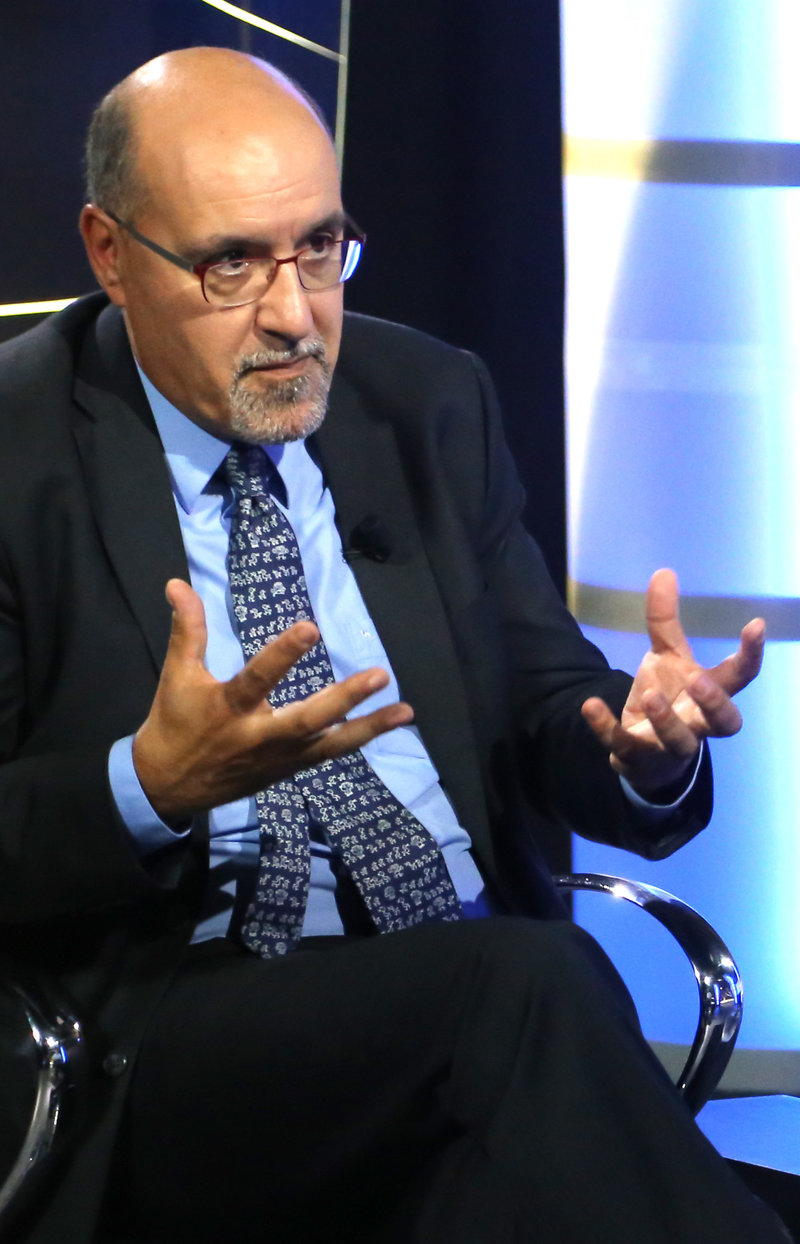Interview
Dr. Ramon Brugada
A PROJECT WITH HEART
Listen to this podcast on:
www.xxx.cat‘When you save the life of 14-year-old, for example, how much money is that worth?’‘The biggest achievement of our project is changing the law’
How is the project to install defibrillators in public spaces going?
The public access defibrillation programme in Girona is one of the most important in Europe, and we now have 723 defibrillators everywhere, with around 500 with public access 24 hours a day. The other 200 are with security and emergency workers and are mostly mobile defibrillators. We have saved 36 lives after five years of a 10-year project. After this time a decision will be made on whether the project justifies investing more money. The government is also waiting to see our results, so it can decide whether to extend public access defibrillation programmes all over Catalonia. The bottom line is that we are saving lives. The defibrillator records everything that happens, so when I get the data I see what happened to the patient, I know which of them would not have lived if it hadn’t been for the defibrillator.
It’s tough deciding whether to roll out such a project on the basis of cost.
When you save the life of 14-year old, how much money is that worth? I have a friend who today is celebrating his nine-year anniversary of being saved by a defibrillator. He’s now healthy and leading a normal life, working at the university, but how can you put a number on that; it’s impossible. How much is a life worth? I can’t put a number on it.
What arguments can be made to extend the project to the entire country?
When we started the project, I told those against it they were fighting a losing battle; you can’t argue against a machine that costs €1,000, that can be put anywhere and that saves lives. There is no argument against it because these people would die otherwise and you are saving their lives.
What number of people might need the help of a defibrillator?
There are around 3,500 sudden cardiac deaths a year in Catalonia. Remember that deaths from car accidents account for between 200 and 300 a year. Well, 80% of the 3,500 sudden cardiac deaths are associated with coronary disease. These people are usually over 40, and this is around 80%. The rest are usually associated with inherited and genetic conditions, and they can kill very young children under the age of one, sudden infant death syndrome, or people aged 15, 20 or 30. These may be very healthy individuals who are functioning very well in society, but all of a sudden they die. What’s more, if we can save these individuals they can go back to enjoying a normal life.
It’s amazing these people can go on with life as if nothing had happened.
What happens is that instead of beating, the heart starts trembling. And so the blood is not pumped properly and stays inside the heart. So the brain doesn’t receive any blood, and they lose consciousness. You then have 10 minutes to recover the individual. You have to reset the heart with an electric shock so that it starts beating again. This is the critical period and that’s why an ambulance cannot reach the individual; someone has to use a defibrillator on this person, and that’s why we recommend defibrillators everywhere. The longer this process takes, the more likely the individual will suffer some sort of consequence. The shorter the time, the more likely the individual will recover completely.
If I see someone collapse, how would I know that they needed a defibrillator?.
The biggest achievement of our project is changing the law. Before, the law said you cannot use a defibrillator if you have not been trained. When you expose people to this mentality, they interpret it as : if I need training it must be very difficult. But now the law says that in the case of an emergency, anyone can use the defibrillator, even without training. The reason for this is that the equipment is very smart. You open the box, it’s already connected and it gives you instructions, such as “remove the shirt and place the patches as in the illustration.” Once you’ve done that the defibrillator starts interpreting the situation completely automatically; you don’t even need to push a button. If the defibrillator says that it can do nothing in this case, you couldn’t give that individual an electric shock even if you wanted to. So, you ask yourself when should I use it. Well, the patient is unconscious on the ground, so give it a try. The worst thing that can happen is that the machine tells you it doesn’t need it. And that’s why we were able to change the law, because you’re not actually doing a real medical intervention.
ENGLISH HOUR going native
Leave a comment
Sign in.
Sign in if you are already a verified reader.
I want to become verified reader.
To leave comments on the website you must be a verified reader.
Note: To leave comments on the website you must be a verified reader and accept the conditions of use.

